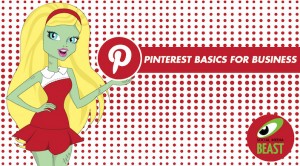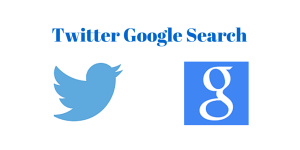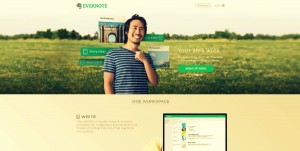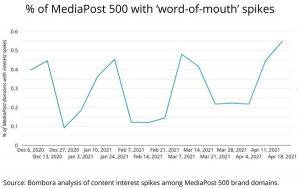How can we stem the rise of ad blocking? Contributor Ben Barokas believes the relationship between publishers and users must change, and it starts with educating consumers about content compensation.
 Ad blocking certainly got the industry talking in 2016. It was included for the first time on Gartner’s 2016 Hype Cycle for Digital Marketing and Advertising and cited as a critical issue in LUMA’s annual State of Digital Media report. It also acted as a positive catalyst for change with increased emphasis on creating high-quality, targeted ad campaigns, as illustrated by initiatives such as the Coalition for Better Ads.
Ad blocking certainly got the industry talking in 2016. It was included for the first time on Gartner’s 2016 Hype Cycle for Digital Marketing and Advertising and cited as a critical issue in LUMA’s annual State of Digital Media report. It also acted as a positive catalyst for change with increased emphasis on creating high-quality, targeted ad campaigns, as illustrated by initiatives such as the Coalition for Better Ads.
But talking about ad blocking only gets us so far; it is the end result of a set of much deeper issues — an increasingly strained relationship between publishers and users where a lack of communication and “value exchange” has led to audience dissatisfaction.
To reduce ad-blocking rates — and ultimately secure the future of the online ecosystem — publishers and users must pass through three phases of content compensation.
Phase one: Compensation awareness
Due largely to the rise of ad blocking, we are currently immersed in phase one — compensation awareness — which involves publishers communicating the need for content compensation in the form of either advertising or currency.
Traditional forms of published content — whether in newspapers, in magazines or on television — are financed through a combination of advertising and user subscriptions. But with the explosion of the supposedly “free” internet, the link between advertising and content production costs hasn’t been transparently communicated.
Users must understand digital advertising isn’t there to irritate them but to fund the content they enjoy reading or watching.
Premium publishers are already taking steps to increase awareness of the importance of content compensation; earlier this year, The New York Times delivered a pop-up to ad blocker users saying “the best things in life aren’t free.” And The Atlantic recently prevented ad block users from accessing its content in an attempt to educate them about the value exchange of digital advertising, giving them the option of whitelisting the site or subscribing to an ad-free version.
In the UK, the Guardian newspaper had already appealed to readers to fund reporting around Brexit, and with the publication’s coverage of the presidential election receiving record digital traffic — over 23 million unique visitors in one day — its message continues to gain strength. Editor in Chief Katharine Viner said in a press release, “Never has the world needed independent journalism more than now.”
Awareness of the need for content compensation is certainly on the rise, but there is still some way to go before all users understand the cost associated with quality online content.
Phase two: Compensation consent
As compensation awareness continues to grow, we will move into the next phase of compensation consent, creating a more transparent relationship between publishers and users. European publishers already have a legal requirement to gain consumer consent for the use of cookies to collect and store customer data, and this existing process could be expanded to encompass content compensation.
When users give cookie consent, they confirm they understand the publisher is using cookies for tracking purposes, and that they are happy with the publisher’s privacy policies and data practices. If compensation consent is added to this process, users will validate their understanding of the publishers’ content compensation policies and will agree to receive advertising in return for free access to online content, or whatever compensation model the publisher is using.
This will mean users are effectively opting in to advertising or another model of content compensation.
Phase three: Compensation choice
The final phase of content compensation will be compensation choice, where giving users a variety of options will become the norm. Through simple software-as-a-service solutions, publishers will offer a range of compensation methodologies, and consumers will choose the experience they want via a natural and willing transaction.
While advertising is not the only way to pay for content, it’s likely to be a popular option for consumers, and both customized and standard ad models will be available. In addition, users will be able to choose micro-payments, where they pay for each piece of content individually, or macro-payments where they pay a regular subscription for access to an entire website or group of sites.
The rise of ad blocking has highlighted an important truth: The relationship between the publisher and the user must change, and we must move towards transparent transactions between content creators and content consumers.
While the first phase of compensation awareness is already well under way, it’s essential to move through the phases of compensation consent and compensation choice before a truly sustainable digital ecosystem can emerge.
Some opinions expressed in this article may be those of a guest author and not necessarily Marketing Land. Staff authors are listed here.
Marketing Land – Internet Marketing News, Strategies & Tips
(44)










